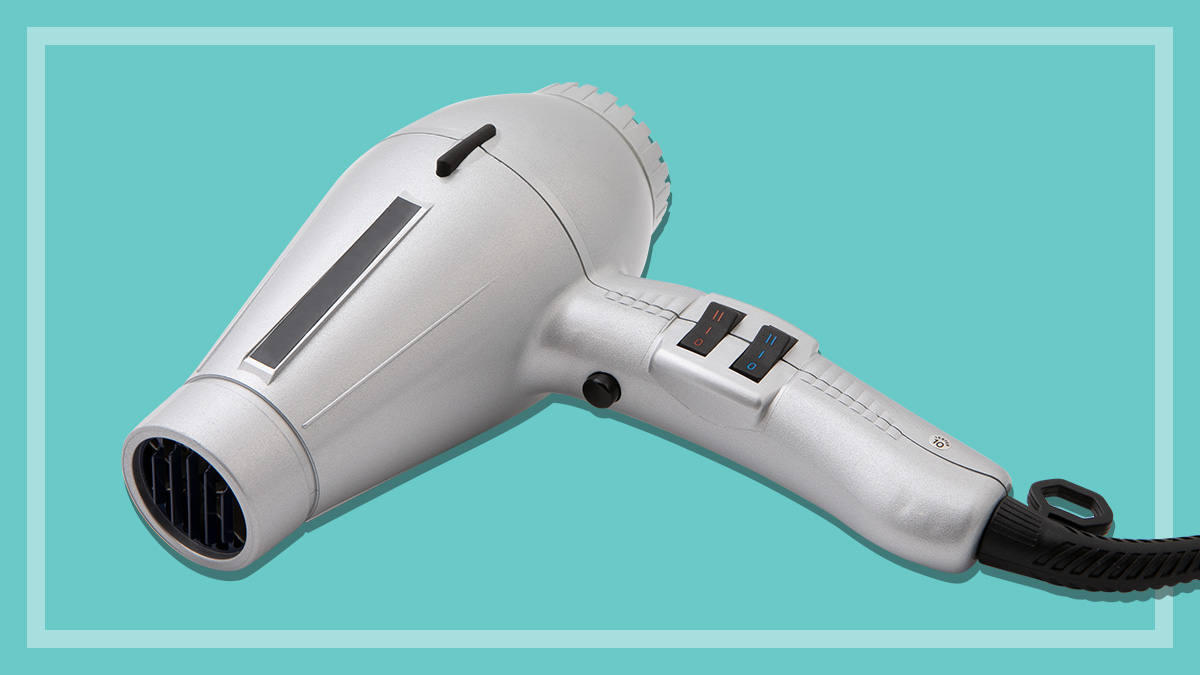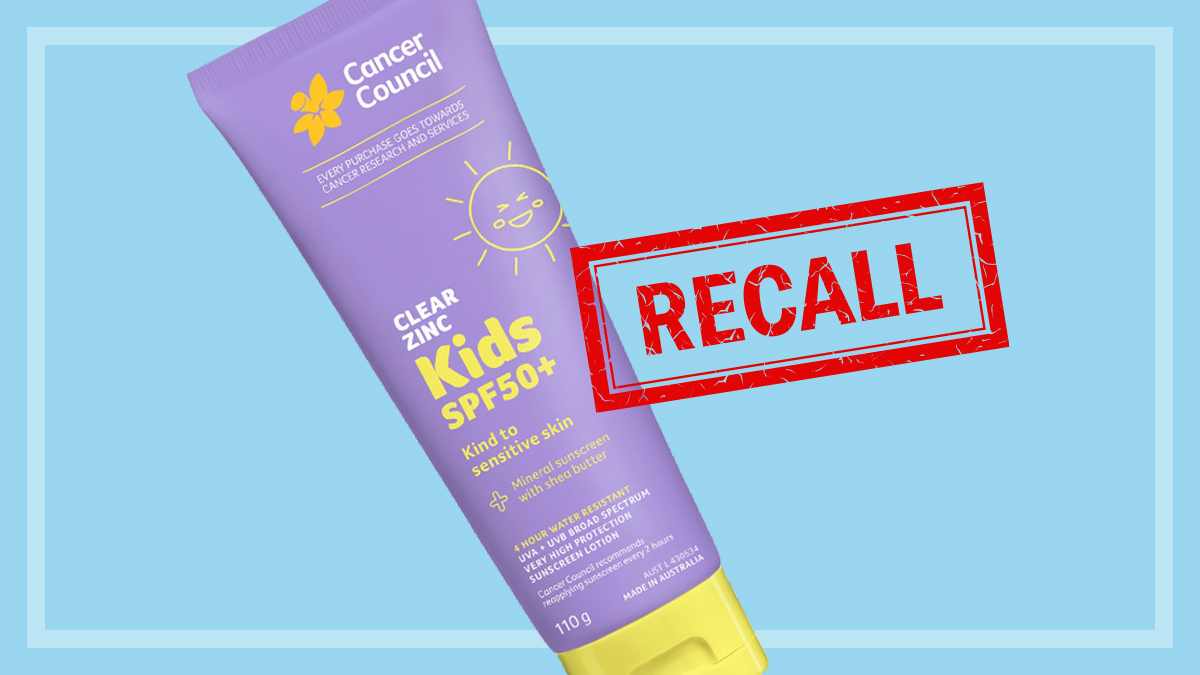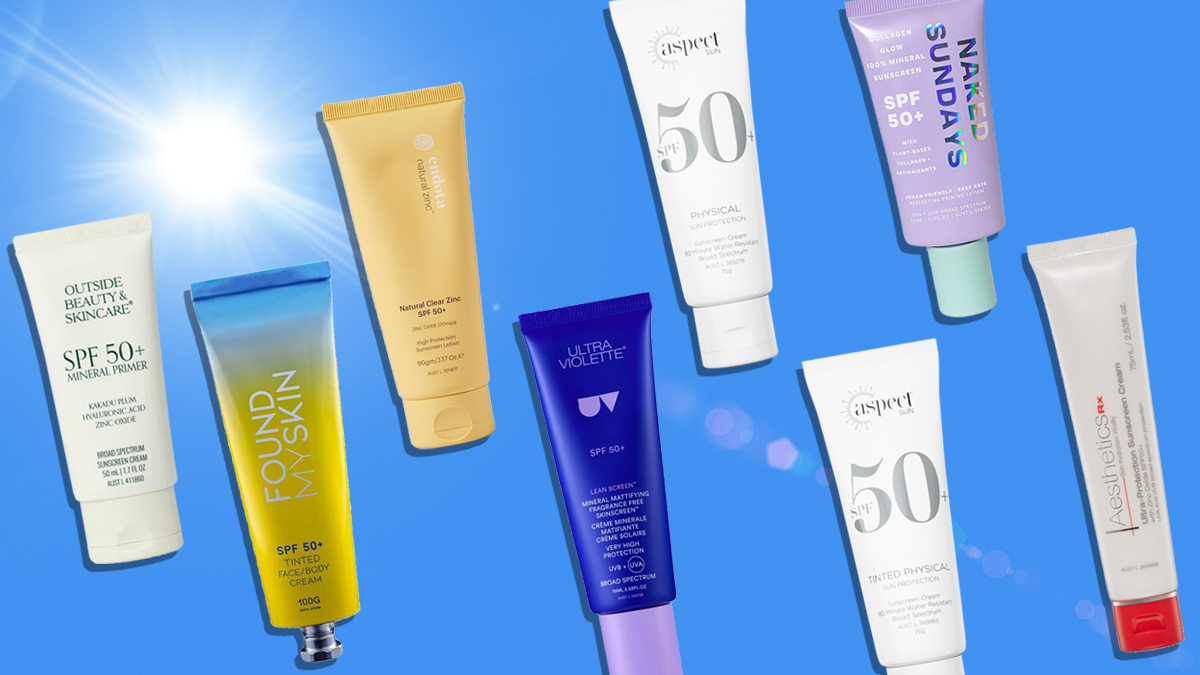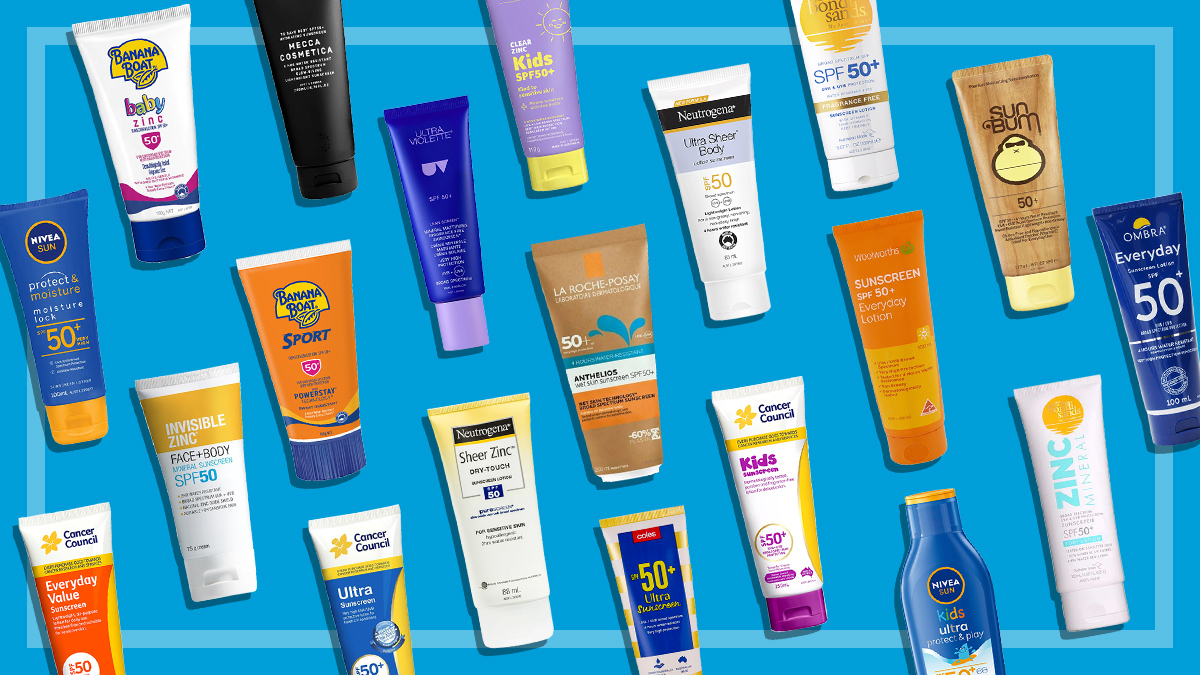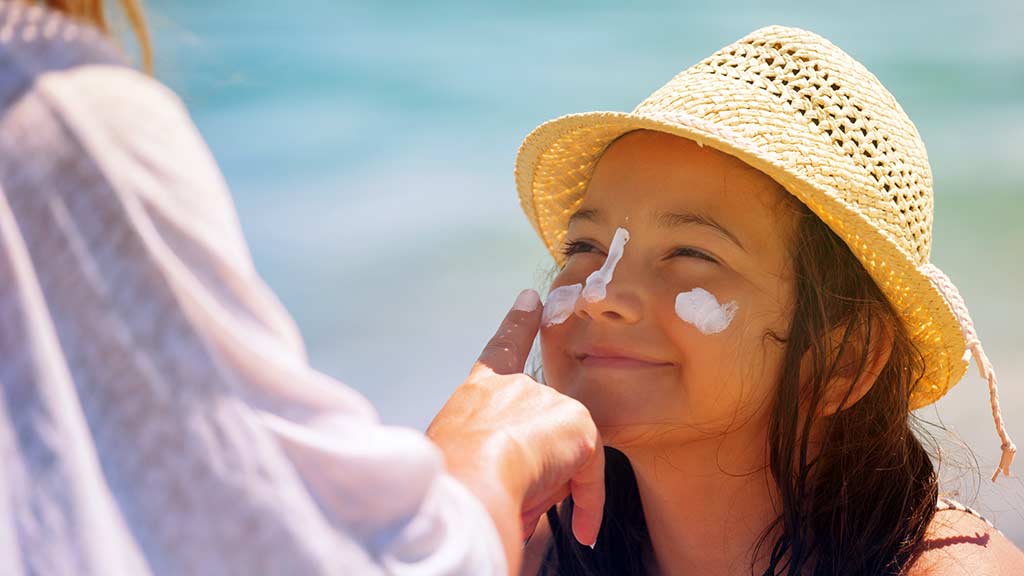Get our independent lab tests, expert reviews and honest advice.
Dangers of DIY sunscreen
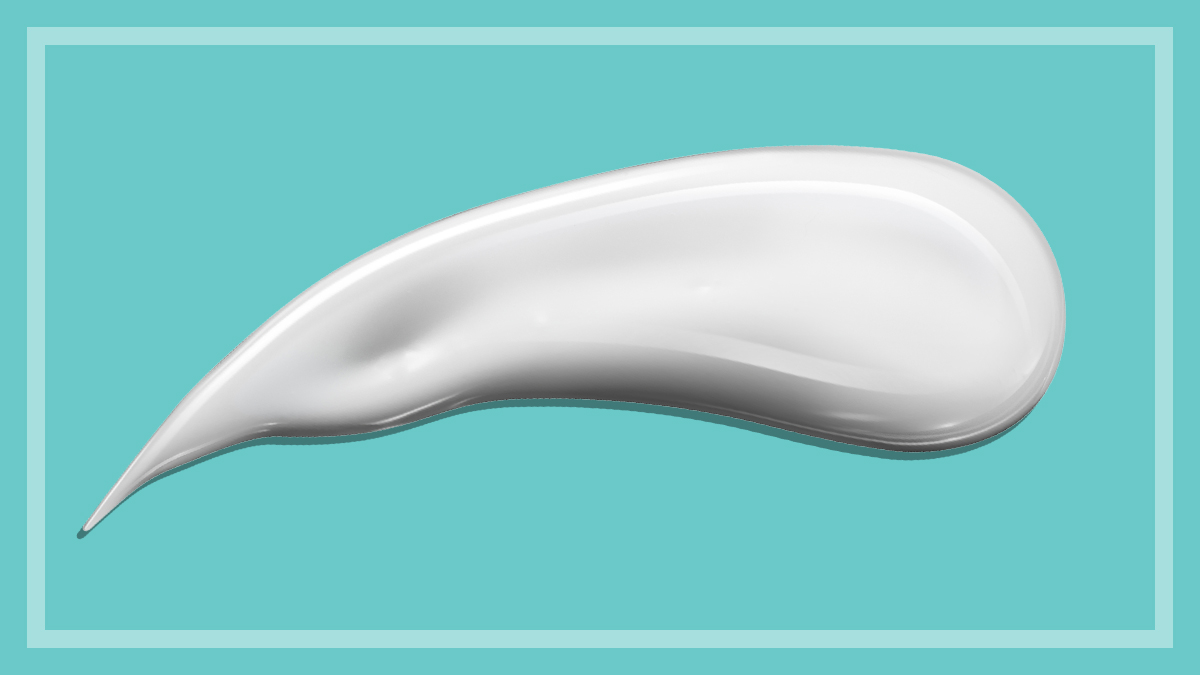
Australia has one of the highest rates of skin cancer in the world. And while most of us know the value of slip, slop and slapping, recipes for ‘natural’ homemade sunscreens are becoming popular online on platforms such as Instagram and Pinterest.
On this page:
- Safe on your skin – but is your skin safe?
- Zinc oxide – effective, but tricky to work with
- If I'm not getting burnt, does that mean it works?
- What do the experts say?
- Tips for people with sensitive skin
- Lindsay's story: happy with DIY sunscreen
- Tips for using sunscreen
People promoting DIY sunscreens usually have no specific health expertise. They’re mostly wellness bloggers and so-called natural lifestylers, who tend to be motivated by concerns about the safety of commercial sunscreens.
They argue in favour of a more natural approach, particularly when it comes to their children’s skin, such as using natural oils and perhaps zinc oxide, a known and effective sunscreen ingredient.
But are you putting your health – and that of your children – at risk by using DIY sunscreens?
Safe on your skin – but is your skin safe?
An analysis of homemade sunscreen recipes online found that the most common ingredients are coconut oil; essential oils, especially lavender and raspberry; shea butter; and zinc oxide.
The ingredients in these DIY sunscreens are perfectly safe for most people (although some people may have, or will develop, sensitivities or allergies to certain essential oils).
But they’re not safe if they don’t protect you from skin cancer and melanoma.
Worryingly, only about a third of recipes contain zinc oxide. The rest rely instead on the various oils for UV protection, with overblown claims about their SPF value – as much as SPF 50 for raspberry-seed oil and 40 for carrot-seed oil. In reality, they’re more like SPF 1–3, which means almost no protection at all.
DIY sunscreens aren’t safe if they don’t protect you from skin cancer and melanoma
Saul Pyle is a cosmetic chemist with extensive experience in formulating and manufacturing sunscreens. He was keen to find out how a DIY sunscreen stacks up against regular commercial products for UV protection.
He used a typical internet recipe for a DIY zinc oxide-based sunscreen, and, with a spectrophotometer designed specifically for testing sunscreens, measured how much UV radiation the sunscreen absorbed at different wavelengths. He then compared it to a commercial SPF50+ product with the same percentage of zinc oxide (about 26%).
The chart below shows how well the two sunscreens absorb different wavelengths of UV light.
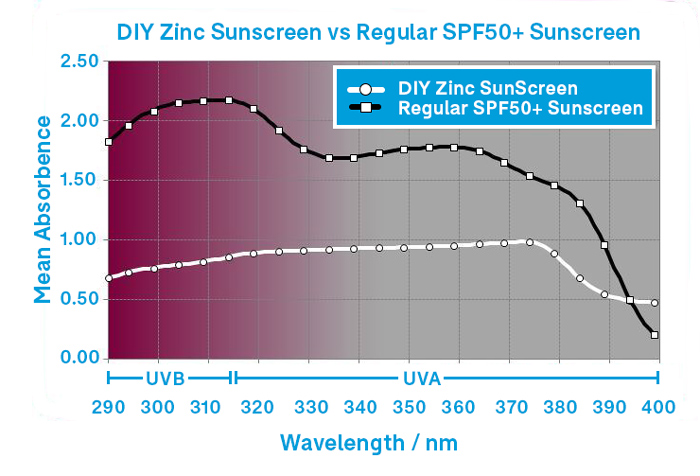
As the chart shows, the homemade version has about half the absorbance of the commercial product. That might not seem so bad, but the relationship between SPF and absorbance isn’t linear (see chart below). In this case, the homemade sunscreen had an estimated equivalent to an SPF of about 5 – despite both having the same amount of active ingredient.
Amanda Foxon-Hill, an experienced cosmetic chemist who works in cosmetics formulating, manufacturing and education, has made many attempts at DIY sunscreen over several years. She’s also spent thousands of dollars having them properly tested for SPF.
Like Saul, she found that the SPF came in well under what would be expected for a given amount of zinc oxide. After a few years of trial and error, she did make some products with good protection, but found that a minor change to the formulation, such as a new fragrance or a different preservative, affected the SPF.
“With all of my friends in the right places, chemical resources, laboratory equipment and analytical testing experience, I still stuffed up a lot before I started to make progress,” says Amanda.
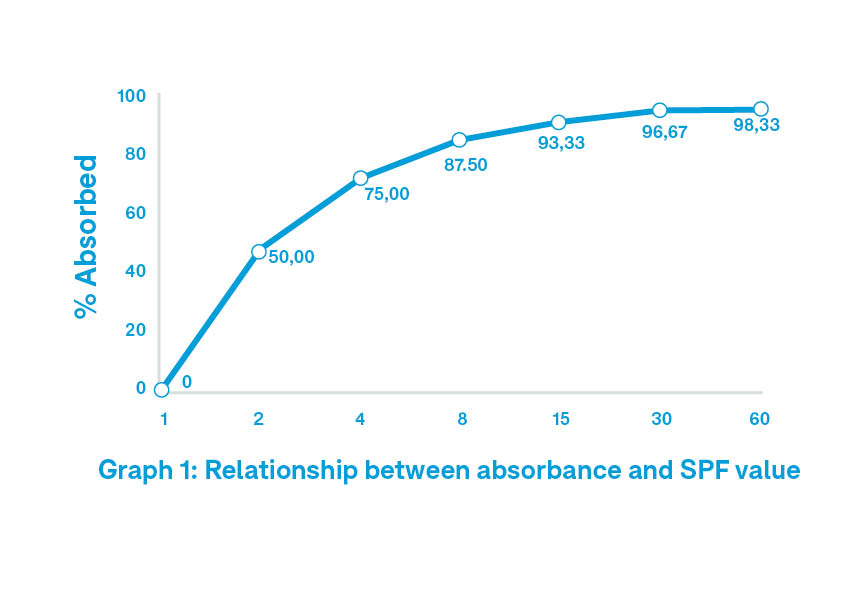
Zinc oxide – effective, but tricky to work with
One of the major reasons for the failings of DIY sunscreens is zinc oxide itself. It’s an effective sunscreen, but it’s difficult to work with. Even commercially produced products aren’t guaranteed, and some perform better than others.
The main problem is that it easily forms into clumps, so when you spread your DIY zinc sunscreen on your skin, you’ll get some areas with lots of zinc, and some with none at all.
There are ways you can prevent the clumping – using an industrial homogeniser, costing tens of thousands of dollars, is one way. Commercial producers also use dispersing agents to ensure the zinc stays evenly distributed throughout the product.
Another way is to use coated nanoparticles, as the coating makes the nanoparticles less clumpy. However, DIY sunscreen enthusiasts advise against using nanoparticles because of safety concerns. There’s no evidence that nanoparticles in sunscreen creams and lotions pose any health risks, but inhaling them while working with them is a different matter. In any case, these commercial-grade products aren’t publicly available.
A final issue is that even non-nano zinc oxide may be dangerous to inhale. Some DIYers recommend using a face mask until the dust settles, or else just holding your breath (although this probably won’t help much).
If I’m not getting burnt, does that mean it works?
Without proper testing, you won’t know what SPF your DIY sunscreen has. But DIY enthusiasts assure readers they don’t get sunburnt – and if you’re not getting sunburnt, that means it’s working, right?
Not necessarily.
When you’re out in the sun, you’re exposed to two forms of UV radiation: UVA and UVB. UVB radiation causes skin reddening associated with sunburn, but UVA damage occurs deeper in the skin, with no obvious signs you’re being affected. Both UVA and UVB are linked to skin cancers, including melanoma.
With UVB damage, you may notice your skin colouring, but even if you don’t, that doesn’t necessarily mean your DIY sunscreen is working. This is because zinc oxide has anti-inflammatory properties and may simply reduce the appearance of redness while the damage still occurs. Or your sunscreen may be protecting you against UVB but not UVA. The inflammation resulting from UVB damage is a good thing – it’s your body’s repair processes in action.
“By protecting against UVB, but allowing UVA to penetrate, we prevent the skin from having an opportunity to repair the UVA damage that has been allowed to occur, the ramifications of which could be incredibly serious,” warns Saul Pyle.
Unfortunately, you won’t know if your sunscreen protects against UVA until it’s too late – premature ageing and cancer don’t show for many years.

What do the experts say?
We asked Cancer Council Australia for their position on DIY sunscreen – and they advised against it.
“Cancer Council does not recommend making or using homemade sunscreen,” says Heather Walker, chair of the Skin Cancer Committee at Cancer Council Australia.
“In Australia the sale of sunscreen is regulated by the Therapeutic Goods Administration (TGA) ensuring that only approved ingredients are used in each product and at certain quantities,” she says.
“Sunscreens are also given a sun protection factor (SPF) rating to indicate the level of protection they provide from the sun’s harmful UV radiation. Homemade sunscreen is not subject to any of this testing, despite some websites claiming an SPF rating for their recipe.”
Cancer Council does not recommend making or using homemade sunscreen
Heather Walker, chair of the Skin Cancer Committee at Cancer Council Australia
US nonprofit, Environmental Working Group (EWG), has raised concerns about a number of different ingredients found in sunscreens, including both active and inactive ingredients. Many DIY sunscreen proponents refer to the EWG’s website to highlight the potential dangers of commercial sunscreens. But the EWG advises against DIY sunscreens.
“With homemade sunscreens, you don’t know what level SPF you’ll get,” states its website. “You don’t know if it will stay on. And the active ingredients are dangerous if inhaled.”
The last word goes to Amanda Foxon-Hill: “R and D teams take years to perfect and test these things, so while not impossible, it’s unlikely that people can achieve success at home. Now you may just hit the jackpot and come up with a beauty, but it is more likely that you won’t.”
Tips for people with sensitive skin
Perhaps those most likely to turn to DIY sunscreens are people with sensitivities or allergies to ingredients in commercial sunscreens – after all, they could argue, something is better than nothing. Around one percent of people suffer reactions to sunscreen.
“Sunscreens containing zinc or titanium dioxide are sometimes a better option for people with sensitivities, or they may like to try a sunscreen that has been specially formulated for sensitive skin,” says Cancer Council’s Heather Walker.
Products made for toddlers and children may also suit adults with sensitive skin.
If you’re keen to go down the natural path, there are TGA-approved sunscreen products with claims of natural or organic. But check the labels first, as “natural” is simply a marketing term, and the products may not be any more “natural” than regular ones. A dermatologist can give you advice.
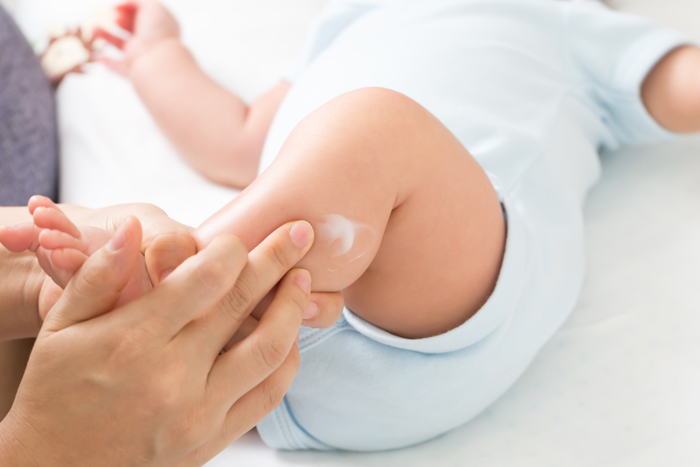
Lindsay’s story: happy with DIY sunscreen
Concerned about the amount of plastic packaging entering the waste stream, Perth-based Lindsay Miles started making her own sunscreen as part of a low-waste lifestyle. She also wanted to avoid unnecessary and potentially harmful chemicals.
“I was so worried about the chemicals and the plastic in sunscreens, that I wasn’t using anything at all, and that is the worst option,” said Lindsay. “Chemicals aren’t good for us, but sunburn is definitely not either!”
She warns others who might be tempted to make their own sunscreen that the main drawback is not knowing its SPF, so they won’t know how well they’re protected. But combined with wearing a large hat, long sleeves and avoiding the sun in the middle of the day as much as possible, she feels confident her homemade sunscreen is giving her enough protection.
“This has worked for me, but sunscreen is a last resort – not an excuse to lie in the sun for eight hours!” she says.
Tips for using sunscreen
The Cancer Council published research showing that in 2010, Australians prevented more than 1700 cases of melanoma and 14,000 cases of non-melanoma skin cancer thanks to regular sunscreen use over the previous decade.
“So we know that sunscreen prevents cancer and saves lives when used correctly,” says Heather Walker.
Cancer Council recommends that you look for a broad spectrum TGA-listed sunscreen that is SPF30 or higher, and if you’re swimming, sweating or towel drying, make sure it’s water-resistant.
“It’s also important that you make sure you carefully read the sunscreen instructions and apply the recommended amount,” says Heather Walker. “You should also be careful to reapply every two hours or more frequently if swimming, sweating or towel drying.
“Sunscreen is not a suit of armour and should always be used in combination with clothing, hats, shade and sunglasses.”

